Noirvember Day 4: No Femme Fatale Required
I’ve had many discussions about film noir in my time. Some of those conversations included statements from my fellow communicators that this or that movie couldn’t possibly be a film noir because it doesn’t have a femme fatale. Or an anti-hero protagonist. Or because it doesn’t have an urban setting. Or because it’s in color. You get my drift.
While it’s true that many, if not most, noirs contain some or all of these features, I contend that a film noir can have NONE of these features and still be noir. That’s one of the many things I love about film noir – you can’t put it in a box with a bow. It can get a little messy sometimes.
Today’s Noirvember post takes a look at one of these common film noir characteristics – the femme fatale — and four popular features that are noir even though there’s no fatal femme in sight.
Shadow of a Doubt (1943)
Teresa Wright stars as Charlie Newton in this Alfred Hitchcock-directed feature (which was reportedly the director’s favorite). Bored with her humdrum life in small-town Santa Rosa, California, Charlie is delighted when she learns that her beloved uncle and namesake, Charlie Oakley (Joseph Cotten) is coming for a visit. What Charlie doesn’t know is that her uncle isn’t all that he appears to be.
The film’s female lead, Charlie is sweet and trusting, and unfailingly loyal to her uncle, even when red flags start popping up like dandelions. She’s also intelligent and courageous, though, which she demonstrates when she can no longer ignore the truth.
Kiss of Death (1947)
This feature stars Victor Mature as Nick Bianco, a career criminal who’s arrested at the film’s start after a botched robbery. He refuses to rat on his pals in exchange for a light sentence, but he changes his stance a few years later when he learns that his wife has committed suicide, leaving behind their two little girls. He leads a straight and narrow life after his release, settling down with Nettie Cavallo (Coleen Gray), who used to babysit his daughters. But a monkey wrench gets tossed into his idyllic existence when he’s called on to provide evidence against a local hood (Richard Widmark), who then vows revenge against Nick and his family.
Nettie is about as far from a femme fatale as you can get. Her primary purpose in the film is to love and support Nick, no matter what. We first meet her when she visits Nick in prison to give him an update about his daughters; she looks at Nick with such devotion and admiration that there’s no doubt about her feelings for him. That same light shines from her eyes every time she sees him – if she were a puppy, she’d be wagging her tail. “I’m mad about you,” she tells him. “It’s all I think of. You.”
They Live By Night (1948)
Farley Granger is Arthur “Bowie” Bowers who, as the film opens, has just escaped from prison along with his comrades T-Dub (Jay C. Flippen) and Chickamaw (Howard Da Silva). When the escaped cons hide out at the home of Chickamaw’s brother, Mobley (Will Wright), Bowie meets and quickly falls for Mobley’s daughter, Keechie (Cathy O’Donnell). The two eventually marry, but like star-crossed lovers Romeo and Juliet, their union is destined for doom.
Unlike Charlie and Nettie, Keechie has a hard-boiled exterior; she’s seen some things. But beneath that crunchy shell, she’s as soft as a marshmallow. That doesn’t mean she’s weak, though – she proves time and again that she’s brave, strong-willed, and self-sufficient, but she’s also undeniably, irrevocably devoted to her man.
Sweet Smell of Success (1957)
This feature, one of my many favorites, stars Burt Lancaster as powerful Broadway columnist J.J. Hunsecker, and Tony Curtis as sycophantic press agent Sidney Falco. The plot centers on Hunsecker’s slightly-more-than-brotherly resolve to torpedo the relationship between his sister, Susan (Susan Harrison) and a local jazz musician, and Sidney’s equally single-minded determination to ascend to a higher social stratum by doing J.J.’s dirty work.
There are three females on hand, none of which carry the faintest whiff of femme fatalism. Susan is initially seen as rather weak, easily influenced by her strong-willed sibling, (It’s not until the film’s end that she finally gets the gumption she needs to tell J.J. to sod off.) Then there’s Sidney’s girl Friday, Sally (Jeff Donnell), whose dedication to her boss is equaled only by the disrespect he shows her in return. (In one scene, for instance, he references her “meaty, sympathetic arms.”) And finally, cigarette girl Rita (Barbara Nichols) is perhaps the most pitiful of all, allowing Sidney to pimp her out to one of his colleagues. Not a femme fatale in the bunch.
Convinced? Simply put, a femme fatale isn’t a requirement for a film to be noir. I hope I’ve put that notion to rest for good and all. Next time, I’ll take on noir films that are (gasp!) IN COLOR!!
Meanwhile, join me tomorrow for Day 5 of Noirvember.



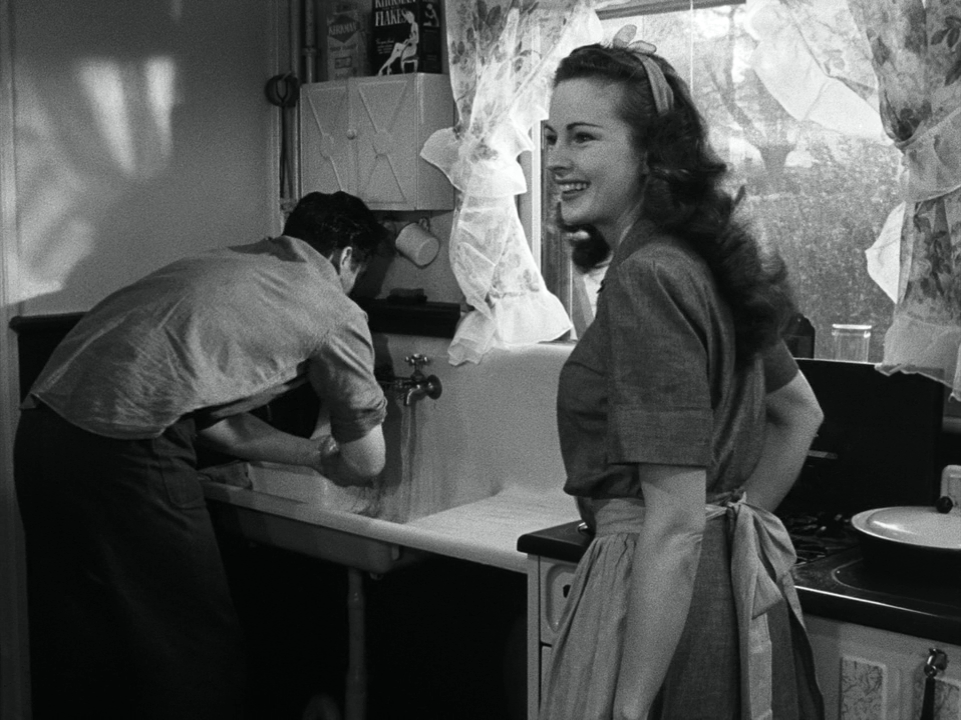



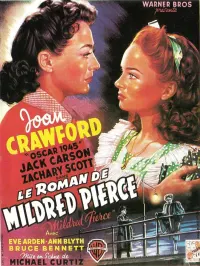




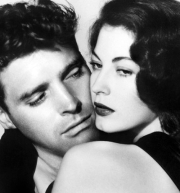













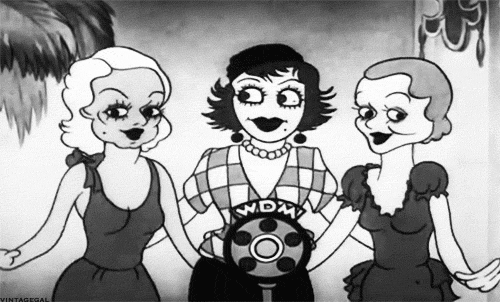


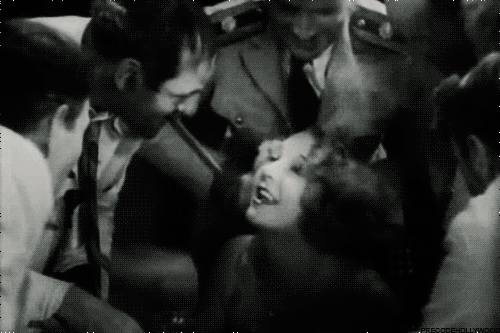


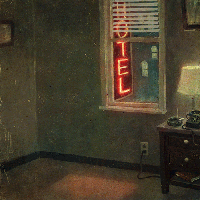
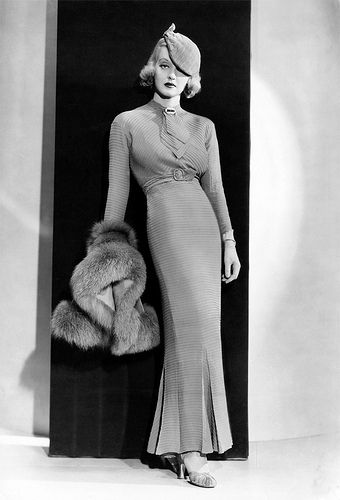



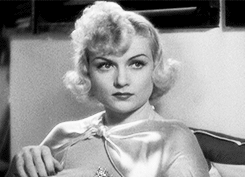
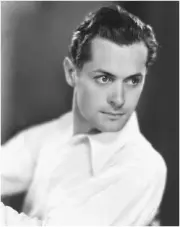
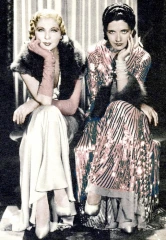

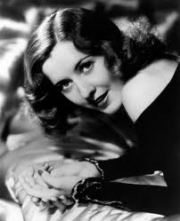



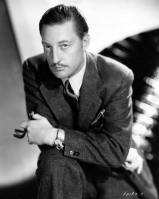




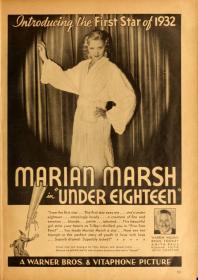
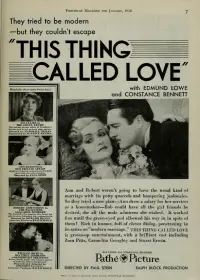

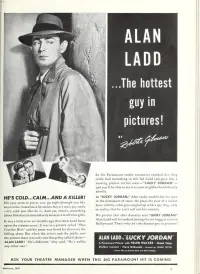
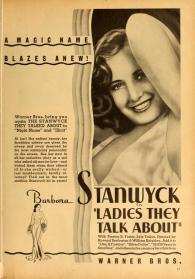

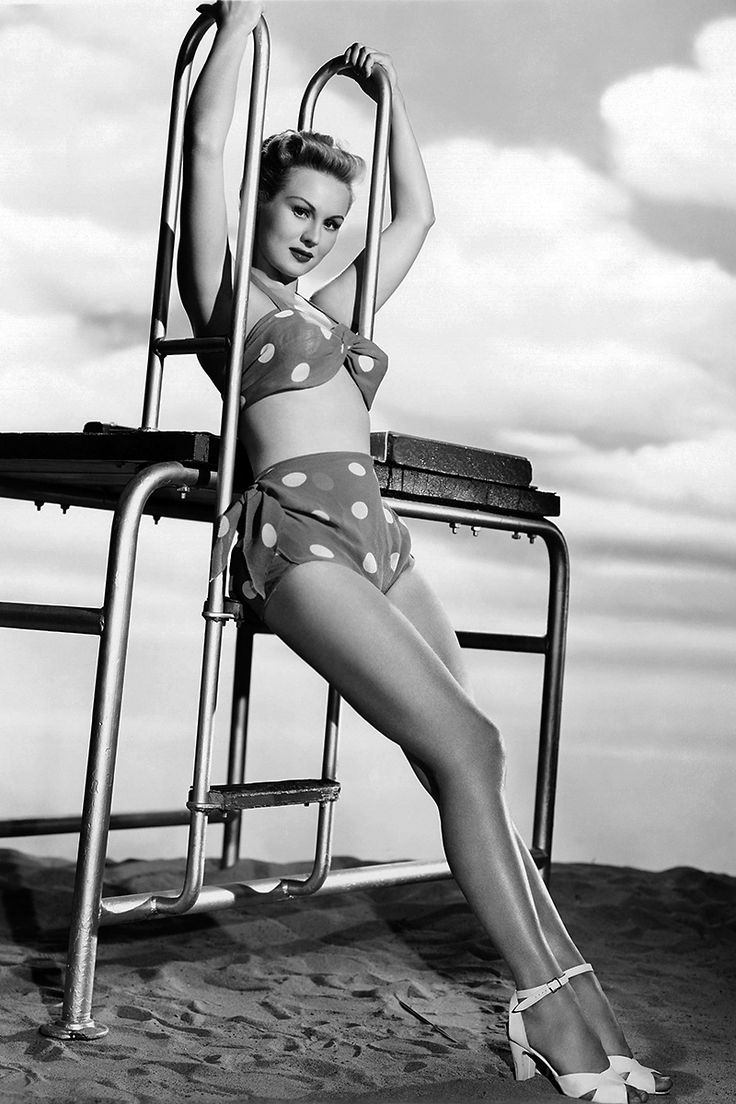



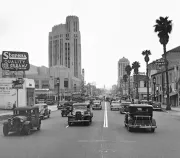
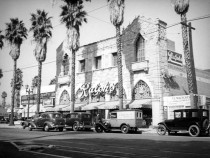


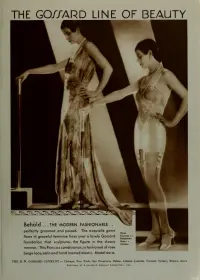

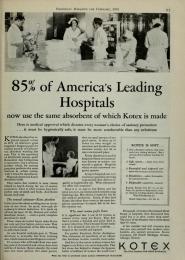

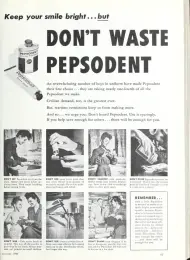


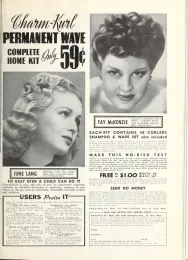


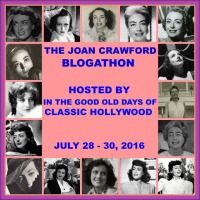


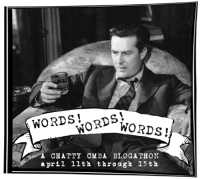

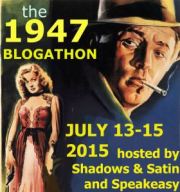
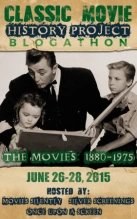
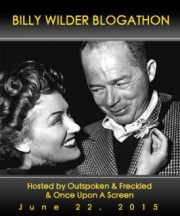


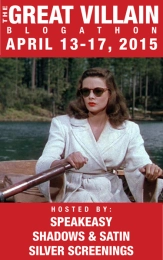


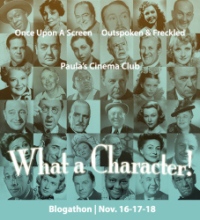
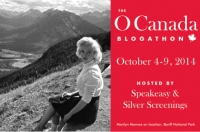


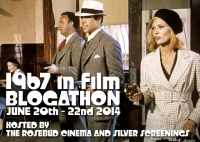


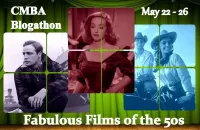
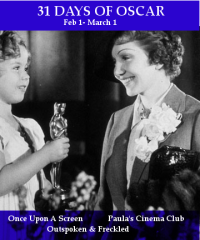
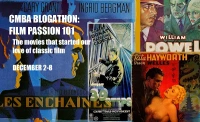







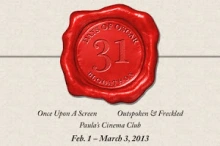

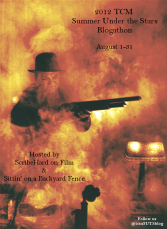


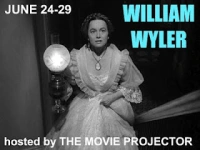





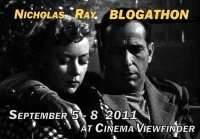

So much yes!
The next time someone trots out the “no femme fatale, no noir” argument, I’m going to refer them to this post, then rewatch all three films, saving THEY LIVE BY NIGHT for last because it destroys me every time.
I’d also add Audrey Totter in THE SET UP and Anne Bancroft in NIGHTFALL to the list of non-femme fatale female noir leads. Some people argue that NIGHTFALL isn’t noir because there aren’t enough shadows, but I’m not one of those people. I love a sunshine noir, and I can’t wait to read your take on COLOR noirs!
Oh, both of these would have been perfect! (Interestingly, I’m taking a look at Audrey Totter in The Set-Up later on in the month.) And you are so right about Nightfall — people shouldn’t let the sunshine fool them. Shenanigans can be carried out in the bright light of day as well as they can in the shadows, if you know what you’re doing.
Ooohhh — I’m exited to hear that Audrey Totter’s Julie Thompson is going to get the Shadows and Satin Noirvember treatment!
And I love this: “Shenanigans can be carried out in the bright light of day as well as they can in the shadows, if you know what you’re doing.”
One of the most harrowing moments in NIGHTFALL involves sunlight bouncing off snow. It doesn’t get much brighter than that, and I’ve always wondered if the filmmakers were consciously defying convention in a self-contained critique when they staged that scene…
Niiiice! Great topic. I would have added Jean Wallace in The Big Combo (1955)!
That’s a great one! Betty Grable in I WAKE UP SCREAMING would be right at home on that list as well.
Yes!!
Thank you, Carol – Jean Wallace would be perfect!
I could scream every time I hear someone say Noir must have a femme fatale.
Here’s a few more Noirs, no FF required:
T-Men, Raw Deal, Narrow Margin, He Walked by Night, Act of Violence, Side Street, Crime Wave, Panic in the Streets, Night and the City, DOA, Brute Force, Cross Fire, Pickup on South Street, Ace in the Hole, three Ladd & Lake movies, The Big Heat, The Naked City, Cry of the City, In a Lonely Place, On Dangerous Grounds, Touch of Evil, Nightmare Alley, Asphalt Jungle.
Omigosh, Margot, I needed you when I was planning this post! These are all so great. I’m going to have to turn this into a series!
Such a great idea for a post. Your picks plus the great ones in the comments show that the genre is so much more than a few tropes and misconceptions. There are quite a few Hommes Fatales too, that prove the same point.
Thank you, Kristina! I got the idea more than two years ago, in a Zoom meetup, when someone said a certain movie wasn’t noir because there was no mystery involved. Since then, I’ve heard other features, from femme fatales to private dicks, mentioned as film noir requirements!
Yeah, where did this idea originate that film noir MUST have a femme fatale? Although I do think femmes fatale make for a much more interesting movie…
I adore the femme fatales, but they definitely don’t make a noir. (They just make it better, LOL)
Bahaha! You said it!